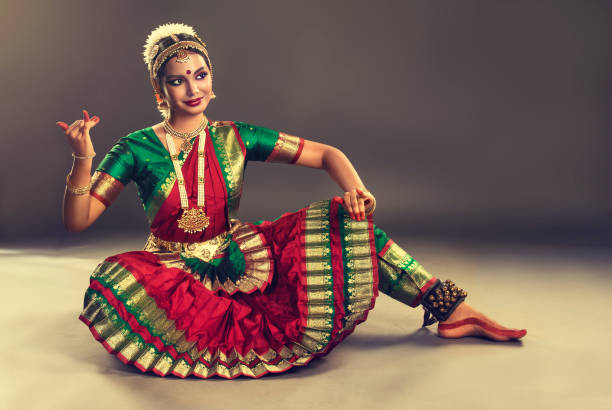
Bharatanatyam is a classical dance form that originated in the Indian state of Tamil Nadu. The dance form has a long and rich history that dates back to ancient times.
The origin of Bharatanatyam can be traced back to the Devadasi system, which was prevalent in South India. Devadasis were female temple dancers who performed as part of temple rituals and were considered to be the handmaidens of the gods.
Over time, Bharatanatyam evolved and became more refined. In the 19th and 20th centuries, many great dancers and gurus contributed to the development of the dance form, including Balasaraswati, Rukmini Devi Arundale, and Pandanallur Meenakshisundaram Pillai.
Balasaraswati was a famous dancer and musician who played a key role in the revival of Bharatanatyam. She brought the dance form to the international stage and helped to popularize it around the world.
Rukmini Devi Arundale was another important figure in the history of Bharatanatyam. She founded the Kalakshetra Foundation in Chennai in 1936, which played a key role in preserving and promoting the dance form. She also introduced many innovations in Bharatanatyam, including new costumes and music.
Pandanallur Meenakshisundaram Pillai was a renowned Bharatanatyam guru who taught many famous dancers, including Kamala Lakshminarayanan, Yamini Krishnamurthy, and Shanta Rao. His style of Bharatanatyam is still widely practiced today.
Today, Bharatanatyam is one of the most popular classical dance forms in India and around the world. It is known for its intricate footwork, graceful movements, and expressive storytelling.
